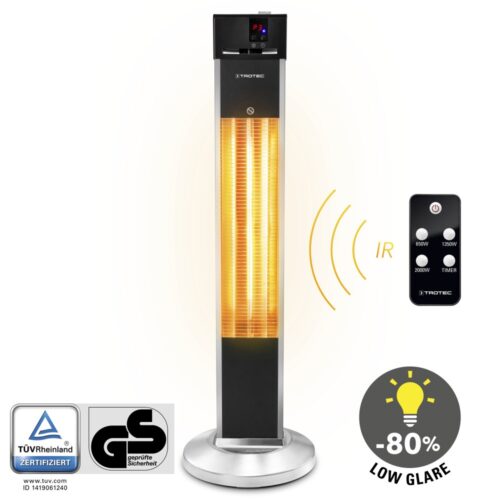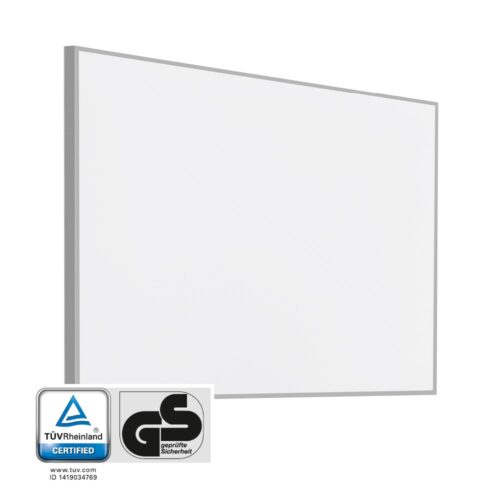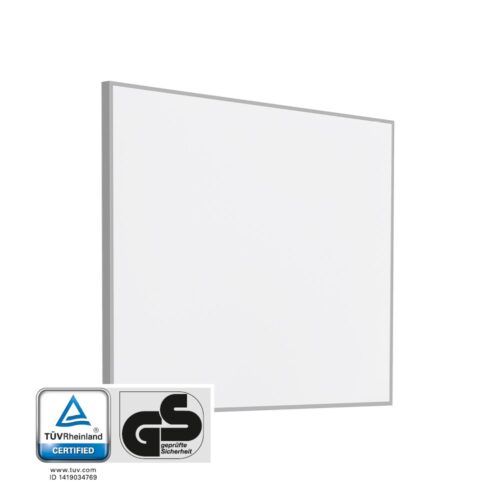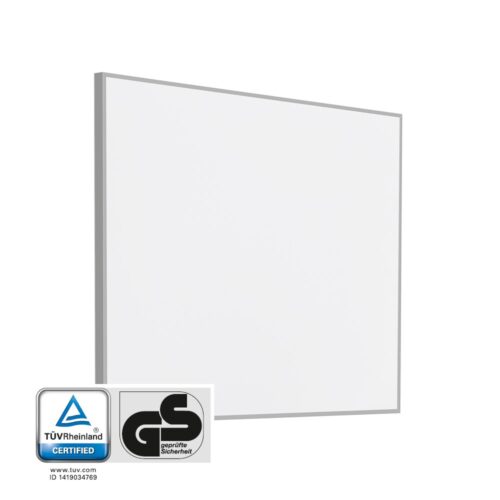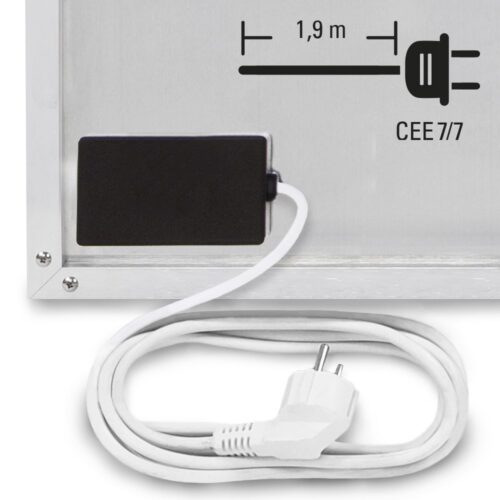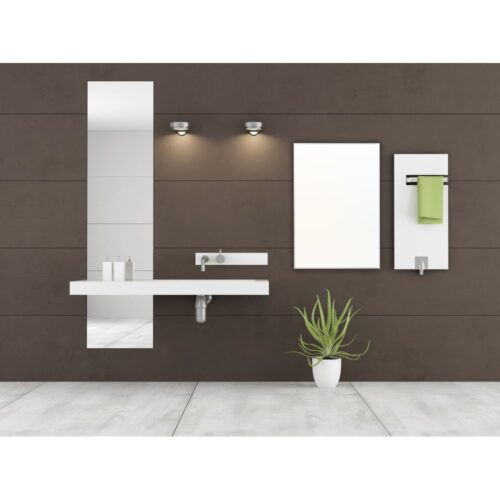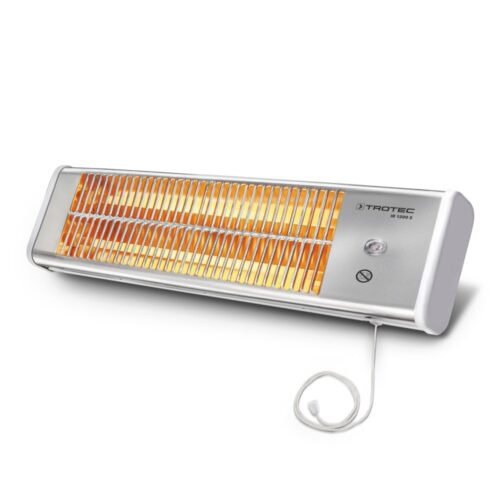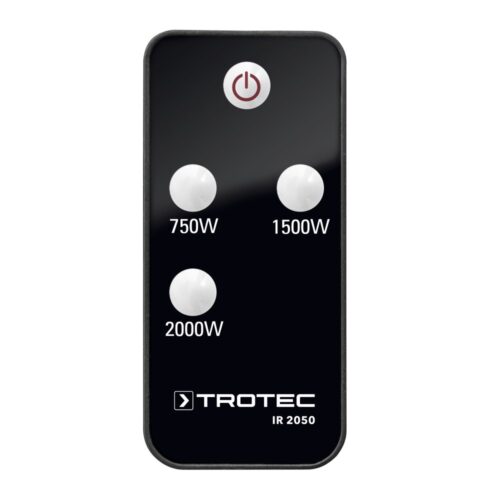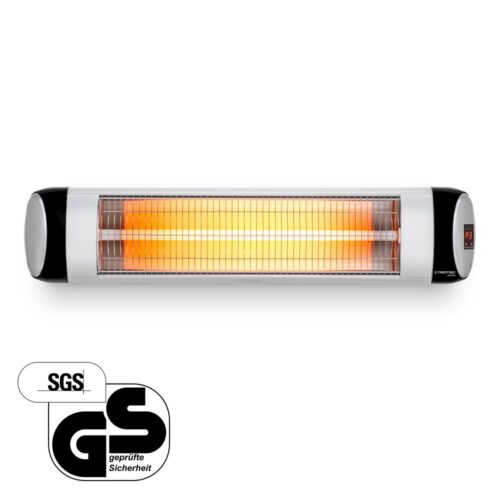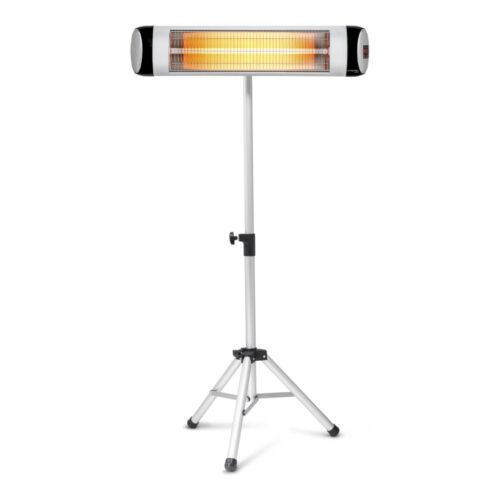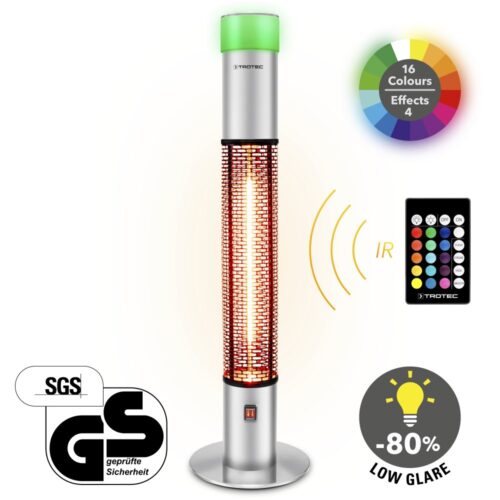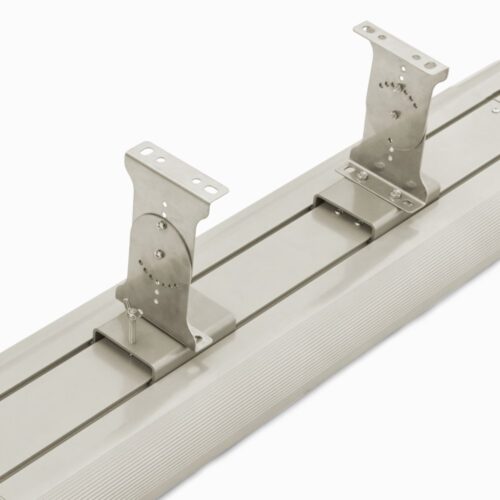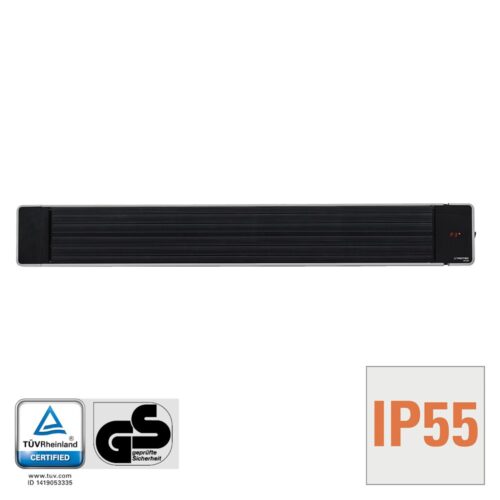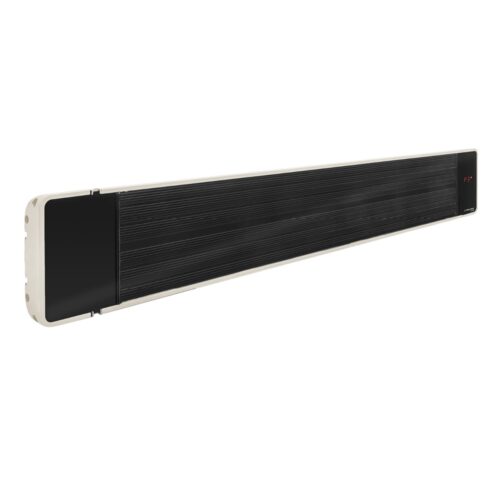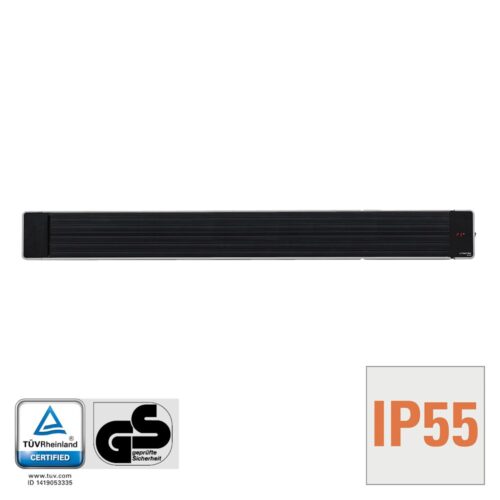The manner in which each type of heater disperses heat is the primary distinction between an electric heater and an infrared heater. Electric heaters warm the air, but infrared heaters heat items and people directly by radiation. Electric heaters are the more common type of heater. Infrared heaters consume 40% less energy and, as a result, have a 40% lower operating cost.
Infrared heaters and electric heaters both rely on electricity as their power source. The manner in which heat is dispersed across the surface varies between the two. Electric heaters employ a process called convection, which means that they warm the air already present in the space. Radiant heat is produced by infrared heaters, which means they radiate heat in a manner analogous to that of the sun.
Electric heaters produce the same level of warmth that you are accustomed to experiencing while you are inside. The warmth of an infrared heater is comparable to that of the sun. Although the air itself is not heated, you and the things in your room are heated to the degree that they would be if they were exposed to sunlight.

